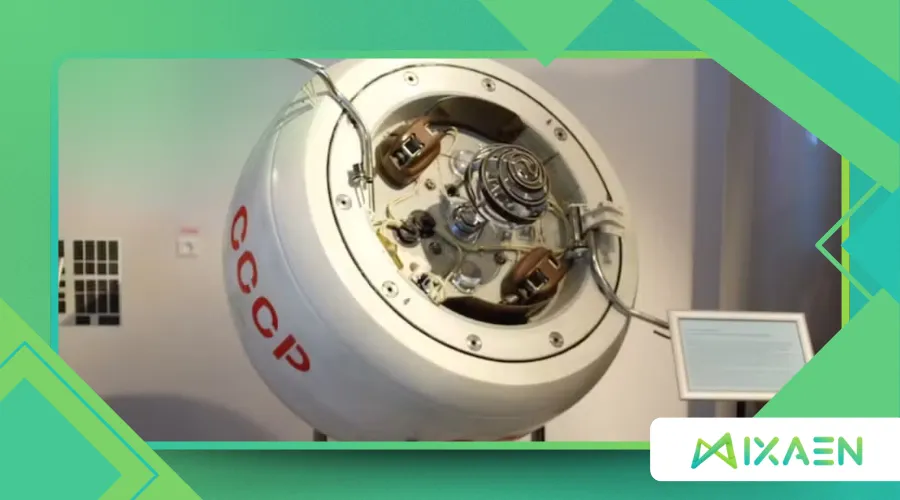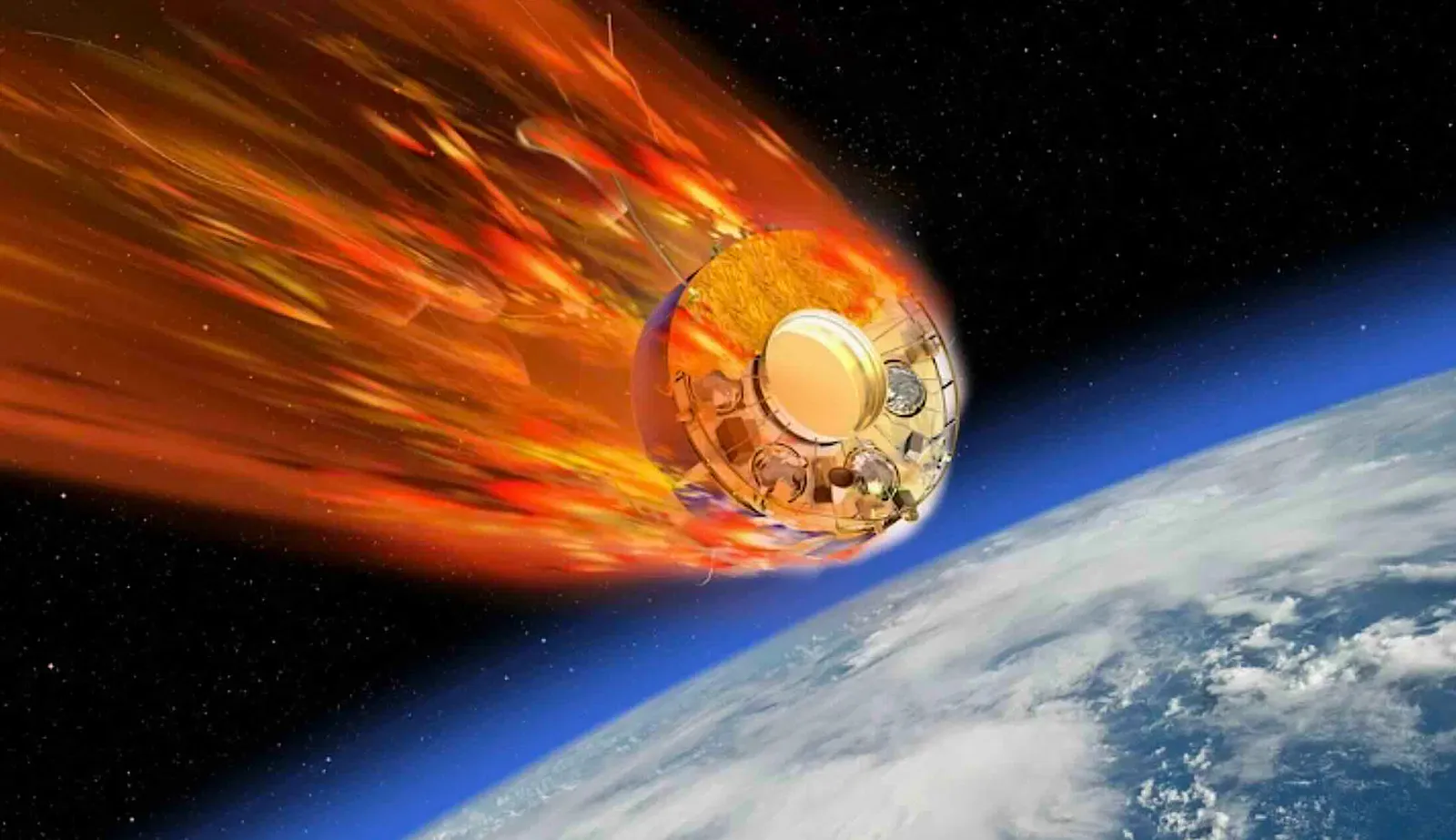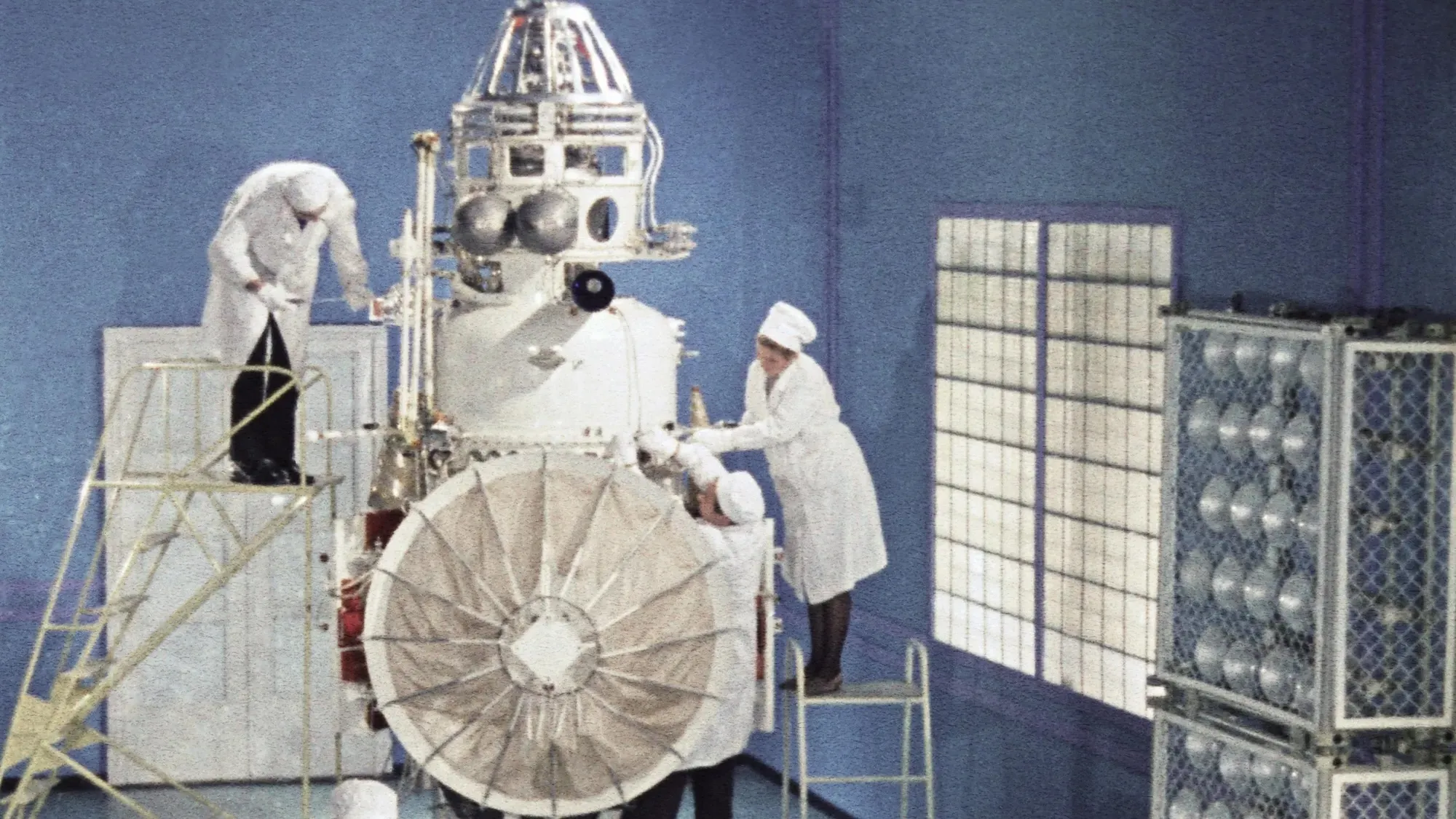Is Kosmos 482 Going to Fall? What We Know About Its Reentry into Earth’s Atmosphere

Kosmos 482, a Soviet-era spacecraft launched in 1972, is hurtling toward Earth, sparking curiosity and concern among astronomers and space enthusiasts alike.
Anúncios
Designed to explore Venus but stranded in orbit due to a rocket failure, this relic of the Cold War is now on a collision course with our planet’s atmosphere.
Its impending reentry, predicted for May 10, 2025, raises questions about where it might land, whether it will survive the fiery plunge, and what it means for space debris management.
This article dives into the science, history, and implications of this event, offering a fresh perspective on a 53-year-old cosmic wanderer.
A Cold War Time Capsule in Orbit
Imagine a dusty vinyl record spinning endlessly in a forgotten attic—that’s Kosmos 482, a snapshot of Soviet ambition trapped in Earth’s orbit.
Launched on March 31, 1972, as part of the Venera program, the spacecraft was meant to probe Venus’s scorching surface.
A malfunction in the Soyuz rocket’s upper stage doomed its mission, leaving the lander module stranded in an elliptical orbit.
For over five decades, it has circled Earth, a silent witness to humanity’s spacefaring evolution.
Unlike most satellites, this spacecraft was built to endure extreme conditions.
Its titanium heat shield and robust structure were engineered to withstand Venus’s crushing 90-bar pressure and 460°C temperatures.
This durability sets it apart from typical space debris, which often disintegrates during reentry.
Experts, including satellite tracker Marco Langbroek, suggest that its design increases the odds of surviving Earth’s atmosphere intact, potentially reaching the surface as a single object rather than a shower of fragments.
The historical significance of Kosmos 482 also serves as a reminder of the ambitious space race between the U.S. and the Soviet Union, showcasing the technological advancements made during that era.
Why Is It Falling Now?
Orbital decay is like a slow dance with gravity, where atmospheric drag gradually pulls objects closer to Earth.
Kosmos 482 has been losing altitude for years, but recent weeks have seen it dip below 100 miles (150 kilometers), accelerating its descent.
Solar activity, which expands Earth’s upper atmosphere, adds unpredictability.
Higher solar flux can increase drag, hastening reentry, while quieter periods might delay it.
The Aerospace Corporation forecasts reentry around 1:54 AM EDT on May 10, 2025, with a nine-hour uncertainty window.
This estimate, based on tracking data, highlights the challenge of pinpointing when and where such objects will fall.
Small atmospheric variations can shift the timeline, making precise predictions elusive until hours before the event.
Table 1: Kosmos 482 Reentry Predictions
| Source | Predicted Date | Uncertainty Window | Notes |
|---|---|---|---|
| Aerospace Corporation | May 10, 2025, 1:54 AM EDT | ±9 hours | Based on recent orbital data |
| ESA | May 10, 2025, 2:26 AM EDT | ±4.35 hours | Updated May 9, 2025 |
| Marco Langbroek | May 10, 2025, 7:34 UTC | ±10.6 hours | TU Delft TUDAT model |
The complexity of tracking such objects emphasizes the need for improved space traffic management systems to monitor and predict reentry events more accurately.
+ The Greatest Space Probe Records: Speed, Distance, and Incredible Achievements
Where Might It Land?
Picture a cosmic dart thrown at a spinning globe—where it lands is anyone’s guess.
Kosmos 482’s 52-degree orbital inclination means it could reenter anywhere between 52°N and 52°S latitude, encompassing most populated regions, from New York to Buenos Aires.
This vast range includes oceans, deserts, and cities, but the odds of it hitting a specific location are vanishingly small.
Statistically, 71% of Earth’s surface is water, reducing the chance of a land impact.
Still, the spacecraft’s durability raises concerns.
Unlike a Falcon 9 booster, which might scatter debris over a wide area, this lander could strike as a single, 1,091-pound (495-kilogram) object.
In 1978, another Soviet satellite, Kosmos 954, crashed in Canada, spreading radioactive debris and prompting international outcry.
While Kosmos 482 carries no such payload, its potential to survive reentry intact makes it a unique case.
Example 1: The Rural Farmer Scenario
Consider a farmer in rural Nebraska, tending crops under a starry sky.
Suddenly, a fiery streak lights up the horizon as Kosmos 482 plummets nearby, landing in a wheat field.
The intact lander, a metallic sphere scorched but whole, becomes a local sensation.
Such an event, while unlikely, illustrates the unpredictable nature of uncontrolled reentries and their potential to captivate communities.
The global interest in space debris and its implications has led to increased research and public awareness, making such events significant beyond their immediate impact.
For more information on space debris management, check out NASA’s Orbital Debris Program Office.

Is It Dangerous?
How worried should we be about a 53-year-old spacecraft crashing to Earth?
The European Space Agency estimates the annual risk of injury from space debris at less than 1 in 100 billion—65,000 times lower than the chance of being struck by lightning.
Kosmos 482’s reentry is unlikely to cause harm, but its sturdiness adds a twist.
Most debris burns up, leaving only small fragments, but this lander’s Venus-ready design could allow it to reach the ground largely intact.
Experts like Darren McKnight of LeoLabs, who monitor the spacecraft six times daily, downplay the risk.
Compared to larger objects like rocket stages, which can fragment into multiple pieces, a single impact poses a lower threat.
Still, the possibility of damage, however remote, underscores the need for better debris management.
International treaties, like the 1972 Liability Convention, hold launching nations accountable for damages, as seen in the Kosmos 954 incident.
The ongoing discussions about space debris regulation and management highlight the importance of international cooperation in ensuring safety as the number of satellites continues to grow.
What Will It Look Like?
Visualize a meteor shower, but with a single, blazing fireball cutting through the night.
If Kosmos 482 reenters over a populated area, onlookers might witness a spectacular display.
Recent reentries, like SpaceX’s Crew-3 Dragon capsule in 2022, produced bright streaks visible for miles.
Unlike those, this spacecraft’s compact, durable form might not fragment, creating a single, intense glow rather than a scattered shower.
Telescopic images by Dutch tracker Ralf Vandebergh, captured in early May 2025, show the lander as a faint, tumbling object, possibly with its parachute deployed.
However, Langbroek notes that any parachute is likely damaged and ineffective, meaning the lander will fall at speeds up to 150 mph (242 km/h).
For comparison, Varda Space’s 2024 capsule reentry video showed a fiery descent, offering a glimpse of what Kosmos 482’s plunge might resemble.
Example 2: The Amateur Astronomer’s Dream
An amateur astronomer in Chile, armed with a telescope and a passion for space, spots Kosmos 482’s reentry.
As it streaks across the Andes, she records a video that goes viral, sparking global interest in space debris.
This moment highlights how such events can inspire curiosity, turning a potential hazard into a shared scientific experience.
The excitement generated by such sightings can lead to increased public interest in astronomy and space science, encouraging future generations to explore these fields.
++ Space Debris in Orbit: Dangers for Satellites and Astronauts
The Bigger Picture: Space Debris and Responsibility
Kosmos 482 is just one of over 1.2 million pieces of space debris larger than 0.4 inches (1 cm) tracked by the European Space Agency.
Of these, roughly 50,000 are larger than 4 inches (10 cm), posing risks during uncontrolled reentries.
The spacecraft’s return is a reminder of the clutter left by early space exploration, much of it from the U.S. and Soviet Union.
Today, with thousands of satellites launched annually, the problem is growing.
Modern missions prioritize deorbiting satellites within 25 years, but Kosmos 482 predates such guidelines.
Its reentry highlights the need for retroactive solutions, like active debris removal.
Technologies like Japan’s ADRAS-J, which aims to capture and deorbit defunct satellites, could prevent future incidents.
Until then, each reentry serves as a wake-up call for international cooperation.
Table 2: Space Debris by the Numbers
| Metric | Value | Source |
|---|---|---|
| Total Tracked Debris | >1.2 million (>0.4 inches) | European Space Agency |
| Large Debris (>4 inches) | ~50,000 | European Space Agency |
| Annual Reentry Risk (Injury) | <1 in 100 billion | European Space Agency |
| Kosmos 482 Weight | 1,091 pounds (495 kg) | NASA |
The growing concern over space debris has led to international discussions about sustainable practices in space exploration and the need for effective policies to mitigate risks.

A Cosmic Legacy
The story of Kosmos 482 is more than a tale of a wayward spacecraft—it’s a reflection of humanity’s reach for the stars and the messes we leave behind.
Its reentry, whether a fiery spectacle or a quiet splash in the Pacific, will mark the end of a 53-year journey.
Yet, it also prompts us to look forward, asking how we can explore space responsibly.
As Jonathan McDowell, an astronomer at the Harvard-Smithsonian Center for Astrophysics, noted in a May 8, 2025, interview with The New York Times, “It’s this artifact that was meant to go to Venus 50 years ago and was lost and forgotten for half a century.”
Its return, though unplanned, offers a chance to reflect on our past and plan for a cleaner orbital future.
The legacy of Kosmos 482 serves as a crucial reminder of the importance of responsible space exploration, emphasizing the need for future missions to consider their environmental impact.
Conclusion: Watching the Skies
Kosmos 482’s descent is a cosmic reminder of our shared history and ongoing challenges in space.
Whether it lands in a field, sinks into the ocean, or burns up spectacularly, its reentry will captivate and educate.
By tracking its path and learning from its legacy, we can better navigate the crowded skies above.
So, keep an eye on the heavens this weekend—you might just witness a piece of history making its final bow.
The anticipation surrounding its reentry reflects a growing public interest in space events, highlighting the importance of ongoing education and engagement with the cosmos.
